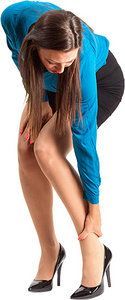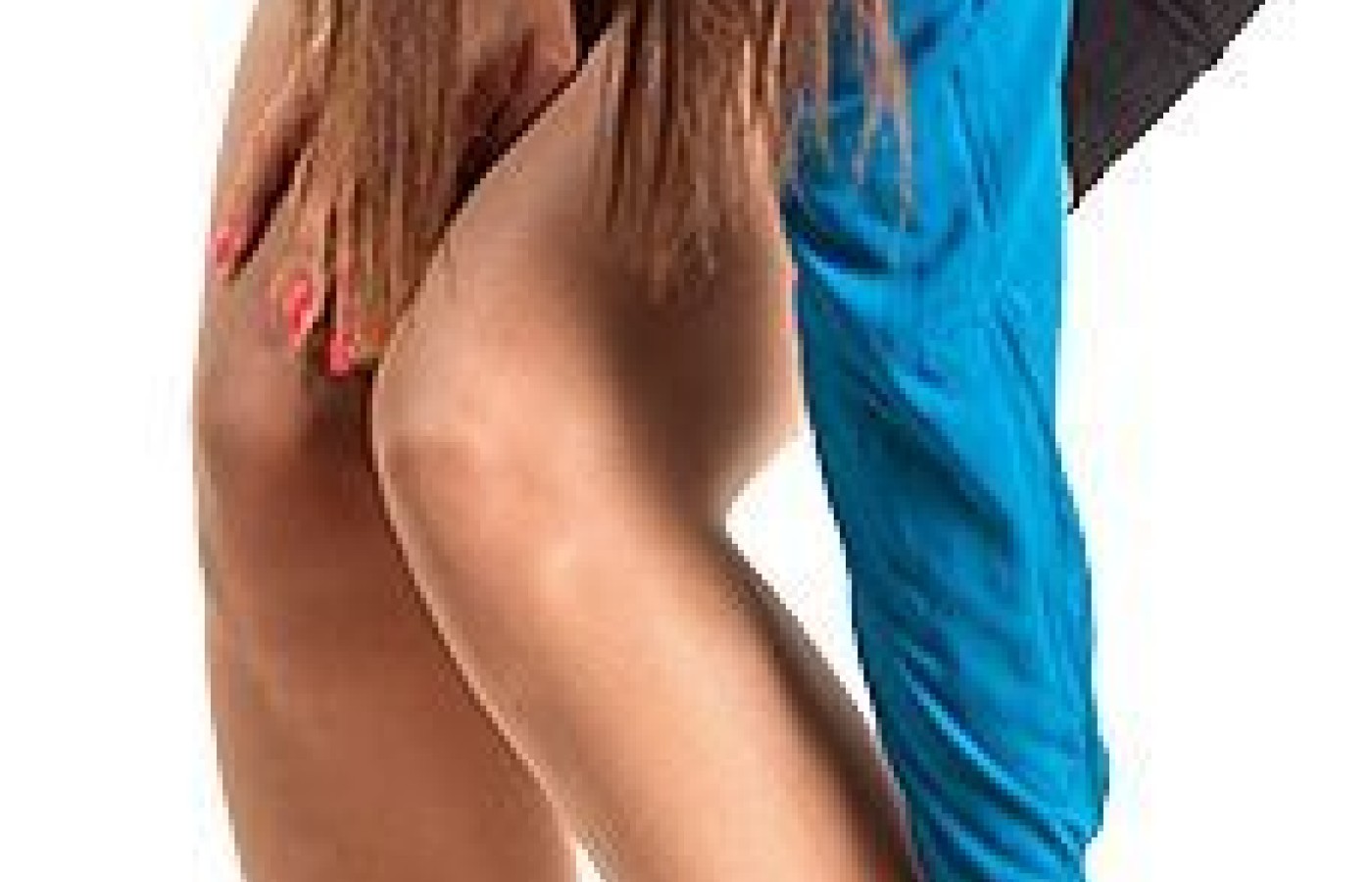MRI is currently the gold standard for identifying radicular pathology, but unfortunately, it requires preauthorization, which isn’t easy to obtain. Physical tests are what most practitioners depend on – despite the marginal reliability of the tests. The information in this article brings history and observation to the forefront of radicular diagnostics. Each factor listed can significantly increase the clinician’s ability to diagnose radiculopathies.
Addressing the Modern-Day Need for Orthotic Support
In the past quarter-century, I have answered a variety of questions from patients and health care professionals regarding individually designed stabilizing orthotics. I thought it might be beneficial to share a few of the more frequently asked questions, along with the answers I've given.
Q: At what age should patients get their first pair of orthotics?
A: The arches of the feet are generally developed by age 6. It is beneficial to begin the use of stabilizing orthotics at this early age, given that with orthotics, we can help block asymmetrical excessive pronation and the twisting effect it can have on the lower legs, hips and pelvis. If you consider Wolff's Law of bone modeling,1 bones model according to the stresses imposed upon them. Therefore, it makes sense to provide a symmetrical foundation so the bone modeling occurs equally.

Q: How long do I have to wear orthotics, and will they correct my arches?
A: Ideally, you will wear them the rest of your life. The nature of the plantar fascia and interosseous ligaments in the feet are such that once they are deformed or stretched, they don't tighten back up.2-3 This creates permanency in the loss of the ability to hold the foot in an optimal position, allowing excessive pronation to occur with each step. The cumulative stress that takes place as a result of excessive pronation can have a profound effect on quality of life and the ability to perform skills as we age.4-5
Q: How many hours a day should I wear orthotics?
A: Wearing orthotics 80 percent (or more) of the time you are up and about is a good goal. It's not harmful to spend some time without shoes on; in fact, it's a good idea to let the feet "stretch out" occasionally. The fact that we spend a majority of our time on hard surfaces makes it especially important to provide the body with a balanced foundation and some assistance in absorbing the damaging shock forces generated while walking or running on hard surfaces.
Q: Will orthotics correct my bunions / corns and calluses / heel spurs?
A: Stabilizing orthotics are not a treatment for foot pathologies such as bunions and heel spurs, but I have seen some very exciting responses to those conditions. Nearly every foot condition we see in practice is the result of physical stresses from poor biomechanical function. Corns, calluses, bunions, heel spurs and neuromas are a reaction to stress. The body responds to that stress with a protective callus or infiltration of calcium salts. Restoring proper biomechanics and blocking abnormal motions reduces much of the stress; in return, the body's need for those stress responses is reduced.
Q: How long do orthotics last and how often should I replace them?
A: Quality, custom-made orthotics from a professional orthotics company typically last much longer than their established warranty period. Like shoes, longevity depends on the intensity of the activity they are used for. If the orthotics are going to be used for very intense activity or athletic competition, a special durable top material is used. For less intense activity levels, excessive wear is not a problem and the orthotics can be expected to last for several years.
Q: What can I do if my feet / legs hurt after starting to wear orthotics?
A: Discomfort that begins after wearing stabilizing orthotics is usually the result of new posture and gait patterns. These subtle changes force muscle groups to function differently, revealing muscle weakness and tension. It is important to address these soft-tissue limitations by increasing the flexibility and strength of the muscle groups in question.
The plantar fascia can also be a source of functional limitation because of the accumulation of trigger points and small, fibrous adhesions. The supports built into the stabilizing orthotics can stretch this tissue, occasionally causing some discomfort. Specific stretching activities designed to restore compliance to that tissue are usually sufficient to eliminate these symptoms.
Q: Don't heel lifts do the same thing as an orthotic?
A: Historically, heel lifts have been used to address leg-length inequality (LLI) or the "short leg," as seen on AP lumbopelvic X-ray. Stabilizing orthotics can be fitted with an attachment for using lifts of variable thickness if necessary, but it is important to make a distinction about what is causing the LLI before using a lift.
The functional LLI is often caused by the asymmetrical nature of excessive foot pronation and responds beautifully to the use of orthotics by themselves. In many cases, orthotics eliminate the need for a lift.6 If there is still a significant LLI left over after balancing the feet, the structural component of the LLI can be addressed with a lift.
Q: Some "experts" claim we were designed to go barefoot all of the time, and we shouldn't need orthotics. Is that true?
A: It is obvious that we were not born with footwear, but to suggest we should be barefoot all of the time raises some obvious problems. Our environment has changed drastically with the continual development of the modern industrialized society. Shoes with individually designed stabilizing orthotics provide optimal support and protection from the shock forces generated by walking and running on hard surfaces. In addition, they block abnormal biomechanical motions that contribute to degeneration of the knees, hips and joints of the spine.
Some of these modern-day problems didn't exist for earlier cultures because the shorter life expectancy didn't allow the appropriate time for many of these conditions to develop. Being barefoot some of the time is beneficial if you are on soft, natural surfaces; but for the majority of us, the advent of the individually designed stabilizing orthotic in a modern shoe is something of great value relative to our environment and its effect on our health.
References
- Chen JH, Liu C, You L, Simmons CA. Boning up on Wolff's Law: mechanical regulation of the cells that make and maintain bone. J Biomech, 2010;43(1):108-118.
- Hyland JK. Arches and orthotic support. Practical Res Studies, 2003;15(6):1-4.
- Kuhn DR, Shibley NJ, Austin WM, Yochum TR. Radiographic evaluation of weight-bearing orthotics and their effect on flexible pes planus. J Manip Physiol Ther, 1999;22(4):221-226.
- Wiewiorski M, Valderrabano V. Painful flatfoot deformity. Acta Chir Orthop Traumatol Cech, 2011;78(1):20-26.
- Nowacki RM, Air ME, Rietveld AB. Use and effectiveness of orthotics in hyperpronated dancers. J Dance Med Sci, 2013;17(1):3-10.
- Jensen BD. ASR program effective with leg length inequality. Practical Res Studies, 2009;23(3):1-4.



